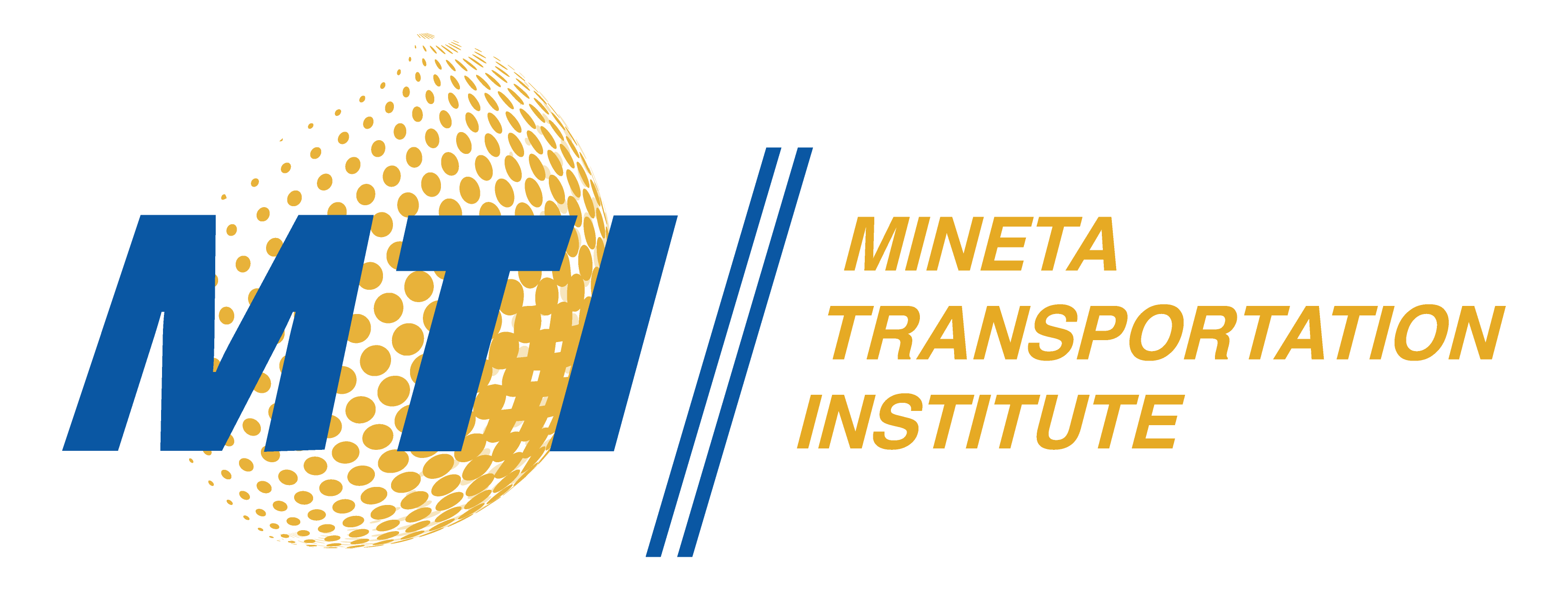Description
As funding from state and national sources has dwindled and demands for relief from traffic and congestion have grown, local governments and transportation agencies are increasingly left to develop their own sources of enhanced revenues. Frequently the bid to increase available revenues comprises a local ballot measure, enabling the citizens served by these governments and agencies to express their preferences for or against increased taxation in support of an improved transportation system. What determines the success of campaigns in support of such ballot measures? To answer this question, this report includes the use of two different approaches and data sources. 1) A statistical analysis of community-level characteristics. Data from localities across the nation, as well those within the state of California, that have conducted elections for transportation tax increase are analyzed to determine what factors seem to affect the outcome of such elections. 2) Case studies of four communities that recently conducted elections for transportation tax increases (Santa Clara and Sonoma Counties in California, and the Denver and Seattle metropolitan areas). The case studies allow for in-depth, qualitative understanding of what election strategies and other campaign elements comprise successful or unsuccessful efforts to raise local revenues. Among the most significant findings from the statistical analysis of local elections were the following: Efforts to fund transportation with taxes where the proportion of elderly is greater than 9 percent are more likely to succeed In communities where the percentage of elderly is greater than 9 percent, the analysis indicates that voters may be more willing to accept local transportation taxes. However, in communities where the percentage of elderly is less than 9 percent, transportation measures may require significantly more determined marketing to enhance the probability of passage. Efforts to increase sales taxes for transportation programs will be less successful in communities with higher sales taxes. A relatively strong and negative relationship between sales tax and support for transportation tax initiatives was identified in the national election data. This suggests that communities with relatively higher sales taxes will be hard pressed to convince citizens to support additional increases.
Publication Date
6-1-2000
Publication Type
Report
Topic
Miscellaneous
Mineta Transportation Institute URL
Keywords
Coalitions, Legislation, Policy, Policy analysis, Public policy, Team building, Transportation policy
Disciplines
Transportation
Recommended Citation
Peter Haas, Kristen Sullivan Massey, Linda O. Valenty, and Richard Werbel. "Why Campaigns for Local Transportation Initiatives Succeed or Fail: An Analysis of Four Communities and National Data, MTI Report 00-01" Mineta Transportation Institute (2000).

